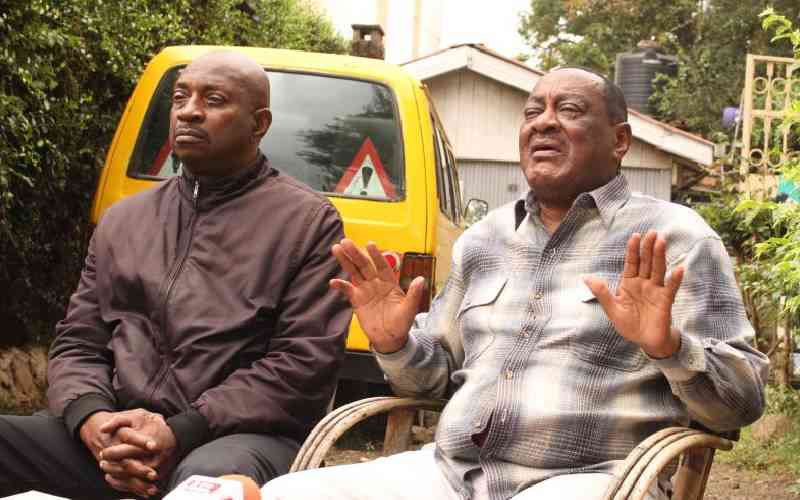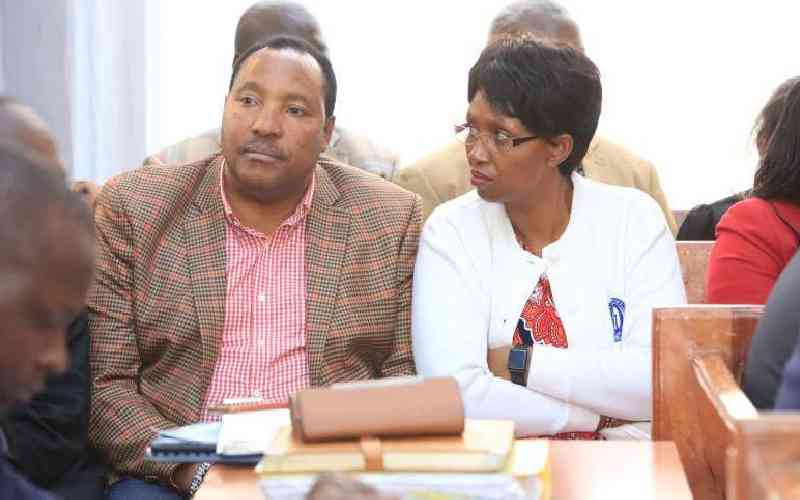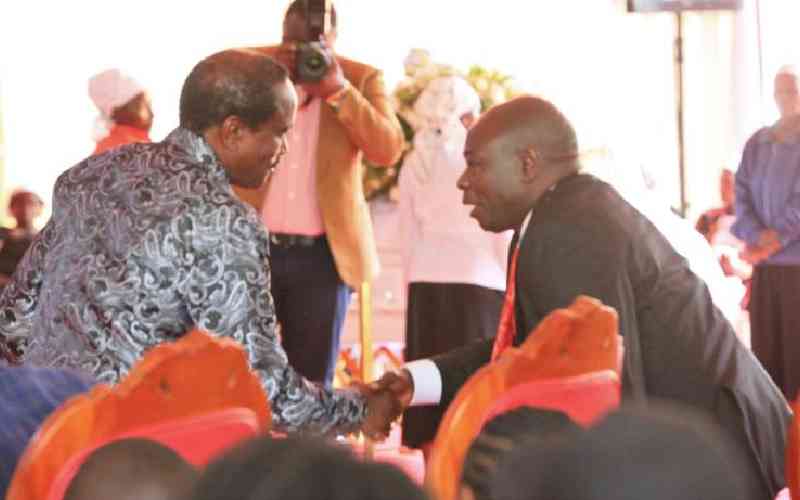Most people blame tribalism for the country’s failure to progress, alongside corruption and bad leadership. Tribalism arises when one or more communities that are ethnic exalt themselves above other communities. This results from tribal consciousness and loyalty of the members who then exalt their tribe above the other groups.
Tribalism in Kenya also emphasizes strong loyalty within the groups. This loyalty to one’s tribe breeds strong negative feelings for people outside the group. This is the common characteristic of tribalism. In Kenya, it intertwines with negative ethnicity. Tribalism is sometimes a form of identity for people in a particular social group. However, tribalism in Kenya has corrupting influences.
Tribalism cannot be traced to ancient hatreds or warfare from cultures clashing over the ages. In fact, the major opposing groups, the westerners ( Luo, Luhya, Kalenjin, Kisii) of western Kenya and the Gema (Kikuyu, Embu and Meru people) from the Mount Kenya area, had little contact with one another before the coming of the colonialists. Accordingly, Kenya’s tribalism is a relatively new phenomenon. It is a product of modern times arising from colonialism, urbanization and the political culture that sprung up in independent Kenya.
When the British came, they brought with them the principle of divide and rule. They magnified differences amongst the various communities and tribes, instigating clashes whereby each community distrusted and fought the other.
This served as the breeding ground for negative tribal stereotypes which then became embedded in popular belief. The Kikuyu for example were given the impression that the fish-eating Luo’s were lazy and unreliable while the Luhya’s were made to view the GEMA communities as schemers, untrustworthy, arrogant and so forth.
This situation of suspicion persisted till the time when independence was realized in 1963, at which point tribal suspicions shot up as the two major parties Kadu (Kenya African Democratic Union) and Kanu (Kenya African National Union) began squabbling over power.
Kanu was a party largely dominated by two tribes, the Kikuyu and the Luo. KADU on the other hand was a coalition of all the other small Kenyan tribes that feared being dominated by Kanu.
Recently, a group of youth launched an initiative; TRIBELESS YOUTH in Nakuru County. The group’s essence is to shun negative ethnicity. It has never been wrong to belong to a certain ethnic group; this has been accorded constitutional protection under Article 11 and 44 of the constitution of Kenya.
Tribalism is a retrogressive practice. The organization is a non-discriminative, non-profitable peace building and human rights organization founded against what is believed to be one of the major problems facing Kenya, Tribalism, and any other form of injustices and discrimination against humanity in our country. If tribalism is to be successfully combated, then meritocracy has to be fully embraced in the Civil Service and the private-corporate sector.
Only the most qualified people should be considered for job placements. The hiring process ought to be transparent, interviews done and only the best candidates considered. As we approach the general elections we aim at mobilizing and sensitizing Kenyan Youths against tribalism and negative ethnicity.
Advocate for impartial treatment regardless of tribal affiliation. We as the youth must be ready to pay any price to ensure we have a tribe-less Nations .It’s on record that everyone who comes to Kenya must talk of this menace that Kenya is still held hostage to by the reality of disparate tribal nations.
Somehow, Kenyans must master the political will to address ethnicity. The alternative is too dire to contemplate.
 The Standard Group Plc is a
multi-media organization with investments in media platforms spanning newspaper
print operations, television, radio broadcasting, digital and online services. The
Standard Group is recognized as a leading multi-media house in Kenya with a key
influence in matters of national and international interest.
The Standard Group Plc is a
multi-media organization with investments in media platforms spanning newspaper
print operations, television, radio broadcasting, digital and online services. The
Standard Group is recognized as a leading multi-media house in Kenya with a key
influence in matters of national and international interest.
 The Standard Group Plc is a
multi-media organization with investments in media platforms spanning newspaper
print operations, television, radio broadcasting, digital and online services. The
Standard Group is recognized as a leading multi-media house in Kenya with a key
influence in matters of national and international interest.
The Standard Group Plc is a
multi-media organization with investments in media platforms spanning newspaper
print operations, television, radio broadcasting, digital and online services. The
Standard Group is recognized as a leading multi-media house in Kenya with a key
influence in matters of national and international interest.









